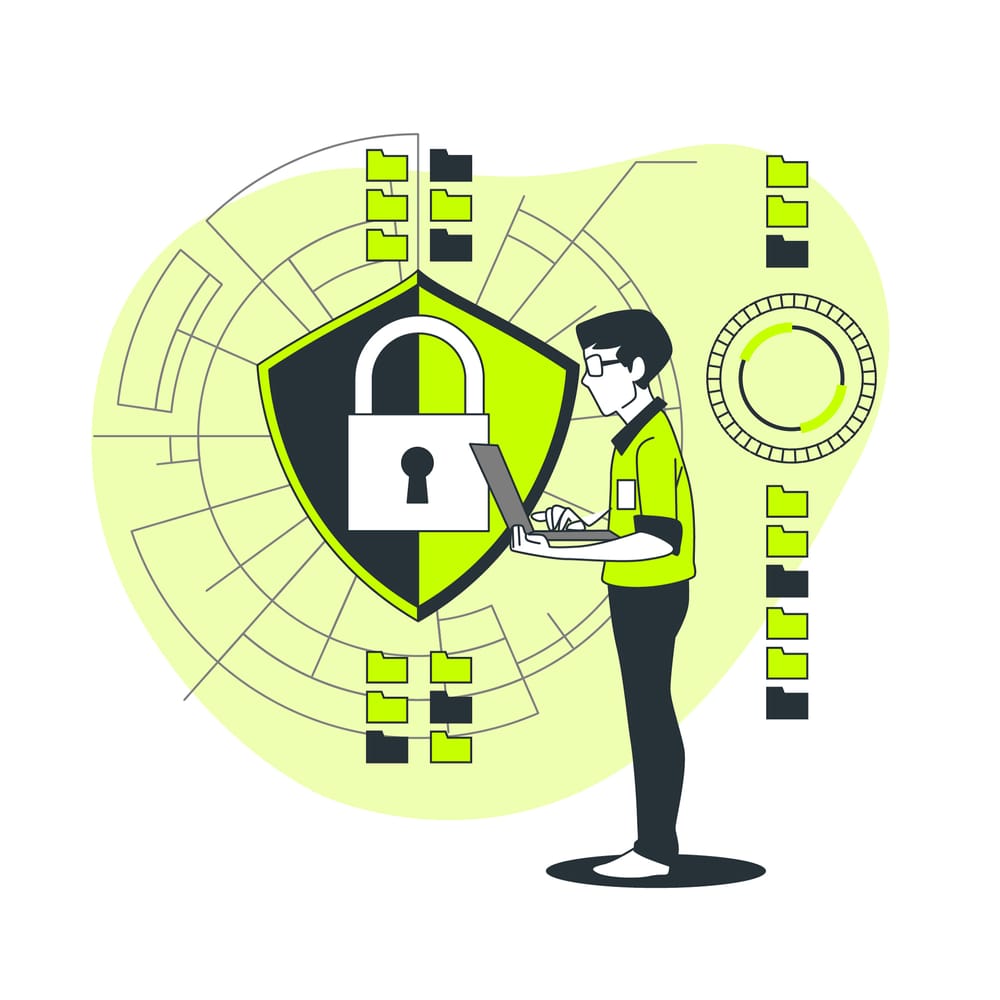Quantum Cryptography: Unbreakable Encryption for Secure Communication
Imagine whispering a secret to someone across a crowded room, knowing that no one else can hear you. That's the kind of security quantum cryptography promises for our digital world. With data breaches happening all the time, keeping our information safe is more important than ever. This new technology uses the weird and wonderful world of quantum mechanics to create unbreakable encryption.
The Need for Unbreakable Encryption
In today’s interconnected world, data security is paramount. From personal information and financial transactions to sensitive governmental communications, the need for robust encryption methods is clear. Traditional encryption techniques, such as RSA and AES, rely on complex mathematical problems that are difficult to solve without the correct key. However, the advent of quantum computers threatens these classical methods. Quantum computers can solve these complex problems exponentially faster than traditional computers, making current encryption techniques vulnerable.
What Makes Quantum Cryptography Different?
Regular encryption scrambles messages with complex codes. But powerful computers could someday crack these codes. Quantum cryptography takes a different approach. It uses the quirky behavior of tiny light particles called photons. These photons can be in multiple states at once, kind of like a coin spinning in the air that's both heads and tails until you look at it.
The key difference with quantum cryptography is that it uses the principles of quantum mechanics to secure data. Unlike classical cryptography, which relies on mathematical complexity, quantum cryptography relies on the fundamental laws of physics. This approach provides a level of security that is theoretically unbreakable, making it immune to the threats posed by future quantum computers.
How Quantum Key Distribution Works
Imagine Alice wants to send a secret message to Bob. Here's a simplified version of how quantum cryptography might work:
Step 1: Sending the Secret
Alice prepares a series of photons with specific polarizations and sends them to Bob. These photons are encoded in different states representing binary values (0s and 1s).
Step 2: The Eavesdropper's Trap
If someone (Eve the eavesdropper) tries to intercept the message, she would have to measure the photons. Due to the principle of quantum mechanics, measuring the photons disturbs their states. This disturbance alters the photons’ properties, effectively alerting Alice and Bob to the presence of an eavesdropper.
Step 3: Building the Key
After the transmission, Alice and Bob compare the bases (polarization states) they used for each photon through a public channel. They only keep the bits where they used the same basis, creating a raw key. They then perform error correction and privacy amplification to refine this raw key into a highly secure, shared secret key.
Step 4: Locking the Message
Alice uses the final secret key to encrypt her message using a classical encryption algorithm. This encrypted message can then be sent over any channel, and Bob can decrypt it using the shared secret key.
Unbreakable Code?
Because the laws of physics themselves protect the message, quantum cryptography is extremely secure. It's like trying to change the rules of the universe to peek at a secret handshake! Any attempt to eavesdrop on the quantum key distribution process will inevitably alter the state of the quantum bits, alerting the legitimate parties to the presence of an intruder.
Real-World Applications and Challenges
Quantum cryptography, specifically Quantum Key Distribution (QKD), has already moved from theory to practice. Several companies and research institutions have developed commercial QKD systems. For example, banks and financial institutions are exploring quantum cryptography to protect transaction data. Governments are also interested in using QKD to secure diplomatic communications and critical infrastructure.
Challenges
Despite its promise, quantum cryptography faces several challenges:
- Distance Limitations: Current QKD systems are limited in the distance over which they can reliably transmit keys, typically up to a few hundred kilometers. Quantum repeaters and satellite-based systems are being developed to overcome this limitation.
- Technical Complexity: Setting up and maintaining quantum cryptographic systems requires sophisticated equipment and expertise. This makes widespread adoption challenging in the short term.
- Cost: The technology is still in its infancy, and the cost of implementing quantum cryptographic systems is high. However, as the technology matures, costs are expected to decrease.
The Future of Secure Communication
The future of secure communication is bright, thanks to the mind-bending world of quantum mechanics. Scientists and engineers are working diligently to overcome the current challenges of quantum cryptography. Advances in satellite-based QKD, such as China’s Micius satellite, demonstrate the potential for global quantum communication networks.
As quantum technology continues to evolve, we can anticipate a world where our most sensitive data is protected by the unbreakable encryption of quantum cryptography. This will provide unparalleled security for online banking, protect medical records, and ensure the confidentiality of governmental communications.




